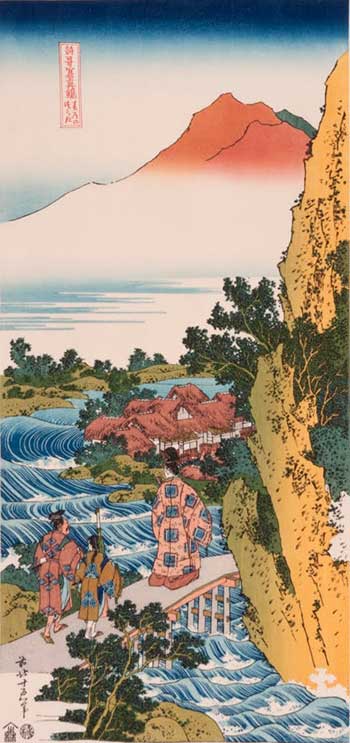Video Reviews
There are wonderful videos on Japan which present certain subjects in ways no book can. Here are five which I can highly recommend:

Even a cursory reading of Japanese history and culture makes it apparent that one can’t really understand Japan without knowing something about China, and to a lesser degree, Korea. Just to take a handful of examples: the street grid in Kyoto, Japan’s imperial capital for a millennium, was based on the street layout in Chang’an - China’s old imperial capital. Then there are the importation of Confucianism, of Buddhism by way of China and Korea, and of Korean know-how in the making of fine ceramics.
The 48 lectures which constitute this course give a comprehensive overview of East Asian civilization, with China appropriately the main focus. If you look up this course at The Great Courses site you’ll find a listing and description of each lecture. Two suggestions though, which apply to all their course offerings - first, wait for one of their periodic sales before buying. Courses can be pricey but are usually bargains when on sale. And second, resist the temptation to buy from a secondary online source because you won’t get the option of streaming part or all of the course, something which is offered standard when buying direct from The Great Courses.
I couldn’t recommend this course more highly but it does require serious attention on the part of the listener/viewer. After all, it covers more than 4000 years of East Asian dynastic and cultural history, with a little topography thrown in.
You may know this company by its former name, The Teaching Company. They offer courses on almost every conceivable academic subject, presented by top-rated professors whom they manage to ferret out. I’ve purchased a number of their courses over the years and have generally been satisfied, though occasionally a course can be a mind-numbing fact avalanche. Not this one. I rate Professor Ravina’s course a must experience for anyone wishing for a very high-level introduction to Japan. (Actually, I recommend the course even if you already know quite a bit about Japan.) There are 24 half-hour lectures on 4 DVDs, including a booklet of lecture guides which summarizes each lecture. If you’re going to buy, be sure to get the Video rather than the Audio version—whether you purchase physical disks or downloads. If you go the audio route, you’ll miss out on the terrific illustrations and helpful historical timelines which contribute mightily to making this course so special. The lecture on Japanese Gardens, for example, would hold comparatively little meaning without the spectacular photographs which bring them to life. I won’t take time to outline the lecture topics here because you can easily find them online. These courses can be expensive if you buy at full retail, but periodically they are offered directly by the company at sharply discounted sale prices.
The Japanese government bestows the designation “Living National Treasure” on a very small number of people (or groups of people) who have attained extraordinary mastery of their art or craft—most of which go back centuries, or even a millennium or longer. “Protection of Cultural Properties” is the purpose of a 1950 enabling law for the preservation of Japan’s cultural heritage. This 1980 National Geographic video (converted to DVD) provides examples from the worlds of kabuki theater, handmade paper-making, ceramics, sword-making, and bunraku puppet theater among the other revered arts and crafts it presents. I recommend this video not only for it’s fascinating look at these age-old arts, but for the simple humanity of those Living Treasures selected to appear in this program.
Nova programs have a scientific bent, of course, and this one is no exception. Samurai swords occupy a special place in Japanese history and culture. Why is it that Japanese sword-making was the world’s best—in an age when metallurgy was trial, error, and apprenticeship without a college degree? Find out in this fascinating video, which shows every step of the process in this ancient craft.
This standard size DVD casing packages four DVDs, which include six separate documentaries on the subject of samurai warriors. The set is reasonably priced and offers over six hours of material. It’s designed to appeal to a broad audience rather than to Japanophiles in particular, but you’ll learn much if you can overlook the somewhat commercialized approach.

